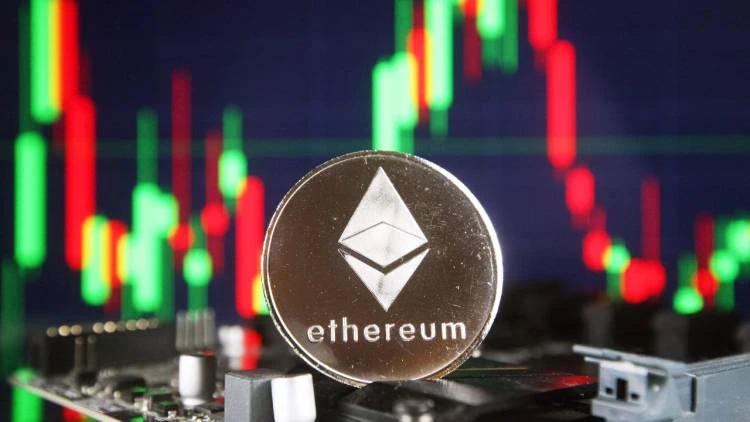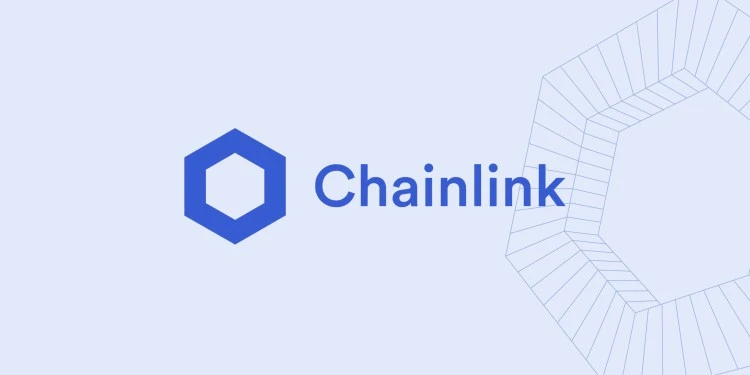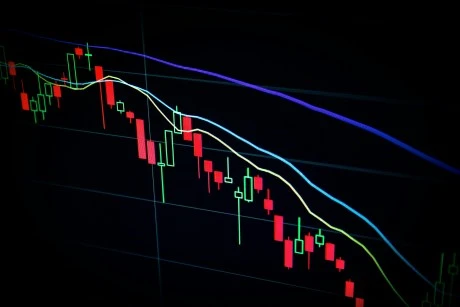Ethereum In Danger: Analyst Explains What Could Trigger Crash To $1,800
An analyst has explained how losing this on-chain demand zone could cause Ethereum to witness a crash to as low as $1,800. Ethereum Is Currently Retesting A Major On-Chain Support Zone In a new post on X, analyst Ali Martinez has discussed about how Ethereum is looking like in terms of investor cost basis distribution right now, citing data from the market intelligence platform IntoTheBlock. In the above chart, the dots represent the amount of ETH that was last purchased by investors or addresses inside the corresponding price range. As is visible, the $2,292 to $2,359 range stands out in terms of the size of its dot, suggesting that some heavy buying had occurred between these levels. Related Reading: Bitcoin Sentiment Spikes After Mild Price Jump: Crowd Too Excited Too Quickly? More specifically, almost 52.3 million ETH was acquired by 1.9 million addresses inside this range. Since Ethereum is currently retesting the range, all these investors would be just breaking-even on their investment. To any investor, their cost basis is naturally an important level and thus, they may be more prone to making some kind of move when a retest of it happens. For ranges that host the acquisition level of only a small amount of holders, though, any reaction resulting from a retest isn’t anything too relevant for the wider market. In the case of price ranges that are huge demand zones, however, a retest can cause visible fluctuations in the asset’s price. The aforementioned Ethereum range naturally belongs to this category. As for how exactly a retest of a large demand zone would affect the cryptocurrency, the answer lies in investor psychology. Retests that take place from above, that is, of investors who were in profit just before the retest, generally produce a buying reaction in the market. This is because these holders may believe the asset will go up again in the future, so getting to buy more at their cost basis can appear like a profitable opportunity. As Ethereum is currently retesting the $2,292 to $2,359 range, it’s possible it may feel support and find a rebound. In the scenario that a break under it takes place, however, the cryptocurrency’s price may be in danger. From the chart, it’s apparent that the ranges below this demand zone only carry the cost basis of a small amount of investors, so they may not be able to prevent a further decline in the asset. Related Reading: Legendary Bitcoin Puell Multiple Finally Enters Buy Territory “If this demand zone breaks, we could see a sell-off driving ETH toward $1,800,” notes the analyst. A drawdown to this level from the current price would mean a crash of more than 21% for the coin. It now remains to be seen how the Ethereum price will develop in the coming days and if the on-chain support zone will hold. ETH Price After retracing its recovery from the last few days, Ethereum is back at $2,300, which is inside the aforementioned price range. Featured image from Dall-E, IntoTheBlock.com, chart from TradingView.com



















